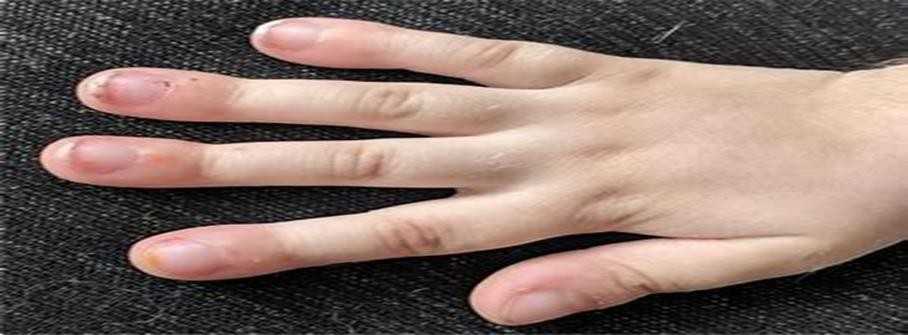A nurse is reinforcing teaching with the mother of a child who has cystic fibrosis and is to take pancreatic enzymes three times per day. Which of the following statements indicates the mother understands the information?
"My child will take the enzymes to help digest the fat in foods."
"My child will chew the capsules."
"My child will take the enzymes to prevent nausea."
"My child will take the enzymes 2 hours before meals."
The Correct Answer is A
A. This statement indicates that the mother understands the purpose of giving pancreatic enzymes to her child with cystic fibrosis. Cystic fibrosis can cause pancreatic insufficiency, leading to difficulty digesting fats and other nutrients. Pancreatic enzymes help to supplement the deficient digestive enzymes, aiding in the digestion of fats and improving nutrient absorption.
B. Pancreatic enzyme capsules are typically meant to be swallowed whole, not chewed. Chewing the capsules could affect their effectiveness by prematurely releasing the enzymes in the mouth rather than in the stomach where they are needed for digestion.
C. While pancreatic enzymes can help with digestion and may indirectly reduce symptoms like nausea by improving nutrient absorption, their primary purpose is not to prevent nausea.
D. Pancreatic enzymes are usually taken with meals or snacks to aid in the digestion of food. The timing of pancreatic enzyme administration may vary depending on the child's eating schedule and the specific instructions provided by the healthcare provider, but taking them 2 hours before meals would not typically be recommended.
Nursing Test Bank
Naxlex Comprehensive Predictor Exams
Related Questions
Correct Answer is A
Explanation
A. The sweat chloride test is considered the most definitive diagnostic test for cystic fibrosis. In this test, sweat is collected from the skin and analyzed for chloride content. Elevated levels of chloride in the sweat are indicative of cystic fibrosis. This test is highly sensitive and specific for diagnosing the condition.
B. Stool fat content analysis can help assess pancreatic function and malabsorption, which are common manifestations of cystic fibrosis. However, it is not considered the most definitive test for diagnosing cystic fibrosis. Elevated stool fat content can be suggestive of cystic fibrosis but is not specific to the condition.
C. Sputum culture may be performed to identify respiratory pathogens and guide antibiotic therapy in individuals with cystic fibrosis, but it is not the most definitive test for diagnosing the condition. It helps identify infections and monitor lung health but does not confirm the diagnosis of cystic fibrosis.
D. Pulmonary function tests are used to assess lung function and airflow, which can be affected in individuals with cystic fibrosis. While these tests provide valuable information about lung health, they are not the most definitive test for diagnosing cystic fibrosis. They are used for monitoring disease progression and response to treatment rather than confirming the diagnosis.
Correct Answer is C
Explanation
C. Clubbing, characterized by bulbous enlargement of the fingertips and nail bed, is a result of chronic hypoxia in tetralogy of Fallot. In tetralogy of Fallot, there is a right-to-left shunting of blood due to the presence of a ventricular septal defect, overriding aorta, pulmonary stenosis, and right ventricular hypertrophy. This leads to reduced oxygenation of blood and chronic hypoxia, which can result in clubbing of the fingertips over time.

A This option is not the primary explanation for clubbing in tetralogy of Fallot. While decreased cardiac output may contribute to some manifestations of the condition, clubbing specifically results from chronic hypoxia rather than decreased cardiac output alone.
B Clubbing is not directly caused by a left-to-right shunting of blood. Instead, it is associated with chronic hypoxia, which can occur due to right-to-left shunting of blood in tetralogy of Fallot.
D Congestive heart failure may occur in individuals with tetralogy of Fallot but it is not the primary cause of clubbing. Clubbing in tetralogy of Fallot is primarily attributed to chronic hypoxia rather than heart failure alone.
Whether you are a student looking to ace your exams or a practicing nurse seeking to enhance your expertise , our nursing education contents will empower you with the confidence and competence to make a difference in the lives of patients and become a respected leader in the healthcare field.
Visit Naxlex, invest in your future and unlock endless possibilities with our unparalleled nursing education contents today
Report Wrong Answer on the Current Question
Do you disagree with the answer? If yes, what is your expected answer? Explain.
Kindly be descriptive with the issue you are facing.
